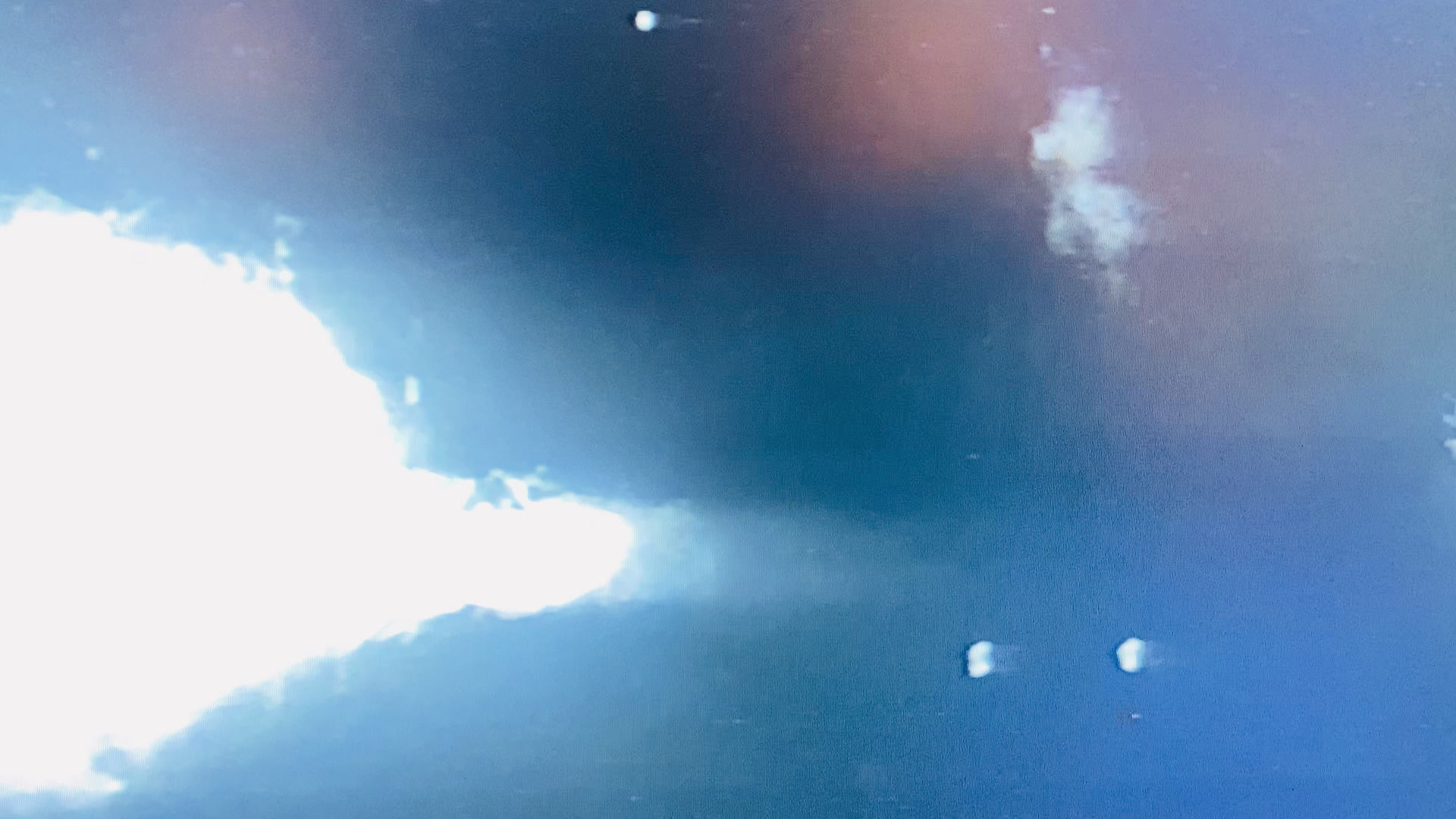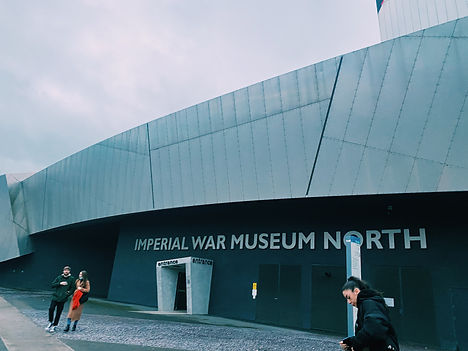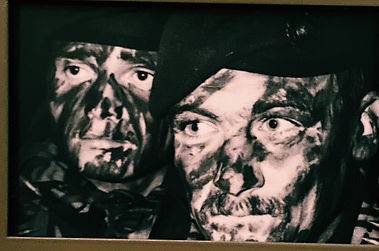

I decided to visit the imperial war museum in Salford Quays as this is a good place to gain some primary research material for the project and ways in which I could think of displaying my moving image piece. The overall design of the building was striking and bold, a juxtaposition to the surrounding buildings. This is something to consider when designing my exhibition space. The sharp architectural lines present conflict and war within itself





The museum space was an art piece. It was a walkthrough experience, with strip lights in the ceiling corresponding with the different spaces within the exhibitions. They had tucked away areas that presented more intimate photographs, videos, and installations
The space felt open and spacious, but every area was used to its full potential, the lights felt futuristic and immersive.


the projections were very visually interesting and caught my eye. They had found footage on the surrounding walls, on a large scale, that really brought the emotive element to the videography as you could see each face in such detail, and the suffering. This has inspired me to explore projections and mapping as a route in my final moving image presentation. They also which I haven't seen before projected the different exhibitions viewing times and details on the floor, which was interactive as you could walk over it. This is clever as it brought attention more to what the museum has to offer, in comparison to a general poster or leaflet.
projections





The installations were my favourite part of the museum. Within the closed of spaces they had huge scale, filing cabinets that had light boxes presenting different personal imagery of the war that included details of the individual soldier who died in each cabinet.
When you first walked in, there was a huge handmade structure made out of broken pieces of building, nuts, bolts and metal pieces that formed a cross. This was to represent religion and how this accompanied war. Having something such large scale and impressive really brought your attention straight away to the weight and power of war and conflict as a topic.
installations



The interactive smells of the war installation was very interesting and was an interesting way to express the gruesome element of the war and made you feel a fraction more of what it really would of been like, bringing multi sensory into it. It included smells of trench feet.

from my last personal project of investigating
the mutlisensor, smell is such a powerful memory
enhancing technique. As for example, if you walk
into a room and smell bread baking, this could
trigger a vivid memory of your childhood.
Multisensory experience, the more senses
you tap into within an exhibition space,
enhancing your experience of the event
dramatically, as science and articles
show
interactive

propaganda
propaganda from my research into the Vietnamese
war was, as in every war, a huge element to the
horrific mind control of the soldiers involved. It
made them specifically in the vietnam war un-trust
their own governent, and was used by the opposing
sides to mentally accompanied with the physical drain
them of the war. Propaganda and war imagery is
a art from within itself, with a lot of thought that
goes into each image.




and other war imagery
Many different art mediums are used in the examples above, such as traditional painting, ink and stick
and a unique take on a board game. All are very eye catching and powerful for their usage

